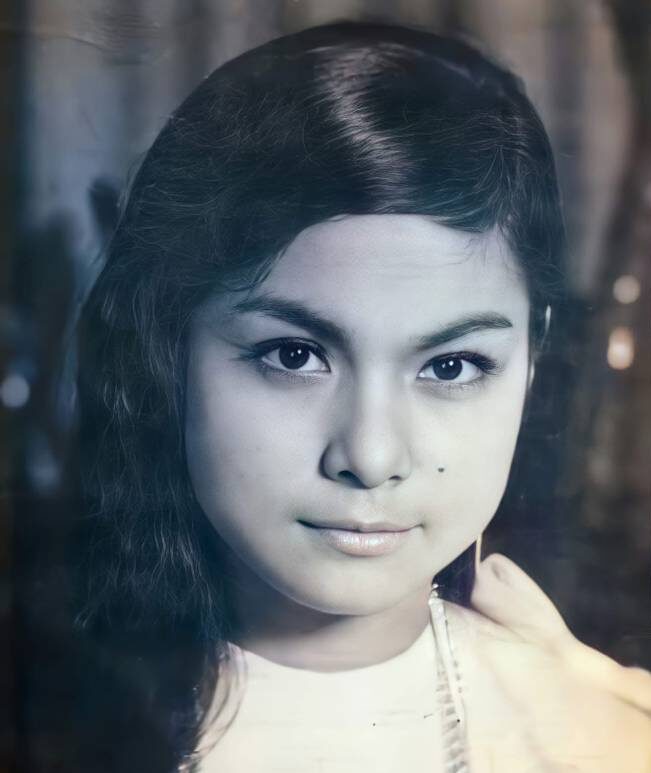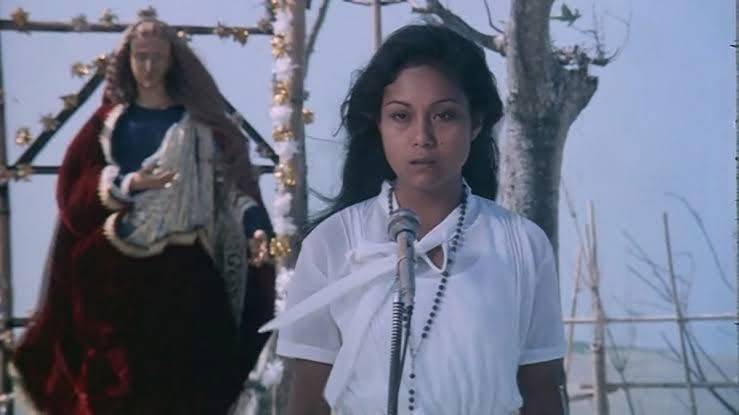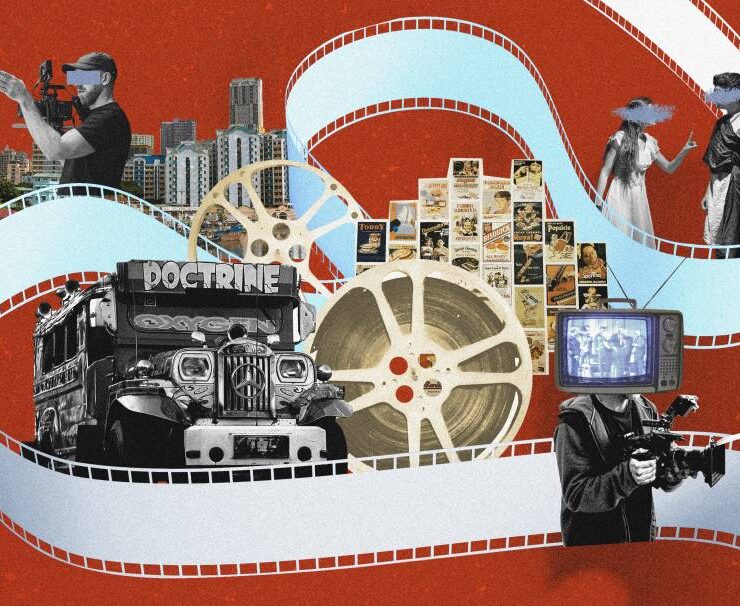A closet Noranian

Maundy Thursday and I’m lying in bed just before dinner, exhausted by the heat and the dispiriting news of the sudden passing, barely 24 hours ago, of National Artist for film, Nora Aunor.
Turning on Spotify on my phone, I listlessly scroll down and make a playlist of her most popular songs, quietly singing along in a private tribute to the woman who had shaped Philippine cinema history, and figured so prominently in my awkward adolescent years.
Back in the late ’60s, Nora Aunor caused quite a stir in the country’s entertainment scene when screaming fans from far and wide feverishly pushed her to “superstar” status overnight, so smitten were they with this “Tawag ng Tanghalan” champ who looked just like them. Short and dark with thick unplucked brows and a hesitant manner, she mirrored their life as well. At a very young age, the barefoot and dust-clad Bicol native would peddle water at a train station to help out her indigent family.
In later interviews, she would recall how excited she was when one store owner allowed her to buy rice on credit when others had refused, citing her family’s alarming list of borrowings. She had run home as it was 1 p.m. and the family still had no lunch, but she had tripped and spilled the rice. “Napalo pa ako pagdating sa bahay,” she told the interviewer, smiling at the recollection of those lean days now firmly behind her.
The story resonated with many, including myself, for whom “helping the family” became an expected filial duty and aspiration. But my admiration for her was covert and unacknowledged, buried deep with the fear of being ostracized by classmates at this Catholic girls’ school during an era held in thrall by colonial views. Speaking Tagalog in school was fined, while classmates shared the latest on David Cassidy, and later, The Monkees. Just a few years back, scissors-wielding nuns had chased the more senior girls on campus to clip their fashionable Beatles bangs. Meanwhile, the mestizas lorded it over in school bus conversations in an early version of “Mean Girls.”
With her dusky skin, emaciated looks, and Tagalog songs, Nora Aunor embodied the very definition of declasse, pedestrian, bakya. I remember a street ditty that had the words, “Si Norang maitim,” and how I laughed along at the crude words lest I be found out as a closet Noranian.

Memories
Tonight, as I listen to the songs of the era that she had popularized, other memories surface, not all of them unpleasant. As I sang “The Wedding” while rocking a toddler cousin to sleep, I espied the neighbor’s male help peering through the jalousie window of the house barely a foot away, as can be expected in congested Tondo. “Hoooy,” he shouted, looking at me. “Sintunado ka!” I ignored him and continued singing, albeit softer. Even now, over 50 years after, I still love stretching out those final words, “Aaave Mari-ii-ia!”
“Pearly Shells” and “Tiny Bubbles” meanwhile stirred up memories of school-wide programs when the nuns allowed elementary school kids to do a Hawaiian dance in artificial grass skirts, with shorts peeking underneath. A year or so before, a senior high schooler had been expelled for doing the hula on, gasp!, Pepe Pimentel’s TV show. But Nora Aunor made the two tunes sound so wholesome that the nuns forgot their usual scolding about immodesty being the devil’s trap.
As I sing along, I realize that I love her songs not just for stoking memories of an earlier, more innocent time, but for her soothing voice and effortless delivery that made every word seem like a reassuring hug to anxious adolescents torn between wanting to belong and longing to express one’s self. Her singing is so unlike the shrieky vocal gymnastics or “birit” that today’s singers are so fond of. La Aunor’s songs don’t demand attention; they caress all the angst and gently lay them to rest.
Formidable force
Over the years, there’s been grudging acknowledgment even from snobbish quarters that she had changed the trajectory of Philippine cinema. Without the movie star looks of previous lead actresses, she had managed to be on top of the heap, and attracted legions of fans who followed her career and supported her through several love team changes, the good times and the bankruptcy, and the rollercoaster ride of her latter years. She remained a formidable force despite an early falling out with a producer who promptly replaced her with Marites Revilla and the blurb, “Beauty is back in the movies!”
When the fan hysteria died down, as did the era of musicals, La Aunor moved on to serious movies, some of which I had watched and enjoyed, just as local and international film fests showered her with numerous acting awards. “Himala,” “Bona,” “Minsan Isang Gamu-gamo,” “Tatlong Taong Walang Diyos,” “Ina Ka ng Anak Mo” remain favorites that I wouldn’t mind watching over and over. Always, those expressive eyes pulled the audience in—to the pain and heartaches that her characters bore stoically until they inevitably explode to demand respect and recognition. As they should in real life.
She’s gone, and we all grieve differently. On Easter, I thought I’d resurrect the hidden Noranian in me, and indulge in a telethon of all her movies on YouTube. Not a cinematic farewell, but a coming- out ritual for me.
Maraming salamat, at mapayapang paglalakbay, Superstar!





















